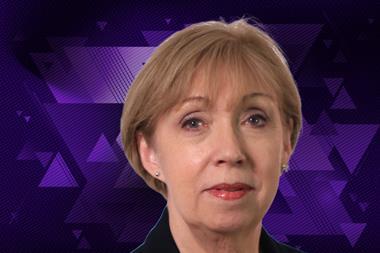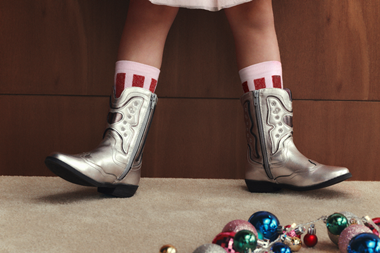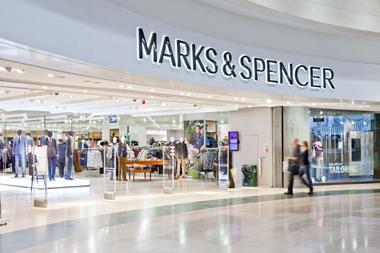Retailers are using warehouses to promote their multichannel credentials in out-of-town schemes.
In August, Marks & Spencer unveiled its new flagship, multichannel, out-of-town store in Cheshire Oaks.
The store, described by M&S director of retail Steve Rowe as “the future of retail”, has a host of digital innovations such as click-and-collect areas and separate browse-and-order points where shoppers can select items not stocked in store. It also offers virtual makeovers via a touchscreen in its overhauled beauty department.
Although some of the store’s elements can be integrated into the rest of M&S’s store portfolio, out-of-town locations are popular choices for showcasing multichannel innovations, and it’s perhaps unsurprising that one was chosen as the prototype for the multichannel model.
“They are accessible and there’s greater flexibility to create a multichannel experience,” says Dominic Walton, senior director at property agency CBRE. “There is more space to allow for computer terminals and click-and-collect areas.
Although many of the store’s elements could work in the retailer’s smaller stores, its 151,000 sq ft creates a better, all-encompassing experience.
M&S is not the only retailer to have used out-of-town locations to trial multichannel concepts. Mothercare’s new format store is in the Ravenside Retail Park in Edmonton, London and, along with initiatives such as cafes and ultrasound baby scanning studios, includes staff carrying iPads. Next launched its first Home and Garden store in Shoreham-by-Sea, which devotes ample
space to online ordering with terminals aplenty in store.
The customer’s choice
A strong multichannel offer is what every retailer strives to provide, as customers now expect a choice about how, when and where they shop.
Deloitte strategic advisor Richard Hyman says: “The starting point is the customer. The market isn’t growing anymore. You have got to reach the customer however and wherever they are.”
Retailers don’t necessarily need to invest millions to create a multichannel experience. One popular initiative that M&S has adopted at Cheshire Oaks is equipping the store team of customer service assistants with iPads ready to help shoppers with the selection process.
Such initiatives can give consumers a much wider offer – tablets provide access to products not stocked in store – and, in some cases, the technology can introduce customers to a new way of shopping with a retailer. The cost of the tablets, however, is comparatively low.
One retailer that has benefited from its multichannel approach is department store John Lewis. Online sales accounted for 24% of total sales at its half year ending July 28, and click-and-collect sales grew by 114% year on year.
Click-and-collect services are an easy way to bring big box stores into the multichannel environment, because out-of-town stores can act as useful collection points for online orders as they are easy to access for many customers.
Click-and-collect is an important addition to a bricks-and-mortar retailer’s armoury as it helps in the battle against online powerhouses such as Amazon. The fulfilment method gives customers the flexibility to pick up their online purchases at a time convenient to them, rather than waiting in the house all day for a delivery.
“The future battleground for remote retail is customer service,” says Hyman. “Service in online retailing is very primitive. So far, the monumental growth of online hasn’t called for major investment in fulfilment but it’s needed. People don’t want to stay in and wait for hours, it defeats the purpose of shopping online. Click-and-collect is going to be massive and out-of-town retailing will be used in a major way.”
The accessibility of retail parks, which are generally found close to motorways, not only makes them easy for customers to get to, but for lorries delivering
stock too. The larger unit sizes available in out-of-town schemes mean there is also ample room to stock product for collection.
House of Fraser has already launched shops specifically for online collections, while Amazon has collection lockers for customers in convenient locations such as train stations, shopping centres and large offices. Hyman says there are likely to be more pick up points developed specifically in retail parks.
However, he believes the model will adapt, and retailers will eventually share non-branded, out-of-town, click-and-collect units.
“I think we’ll see cross-stocking stores at some of these developments that will take deliveries for multiple retailers. It will act as a collection facility for several different retailers,” he says.
Whether out-of-town developments become conduits solely for click-and-collect remains to be seen, but their accessible locations and ample space means further multichannel experimentation is inevitable.


























No comments yet